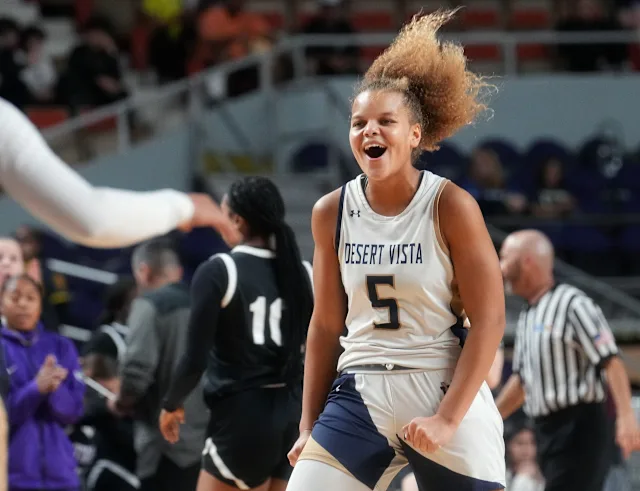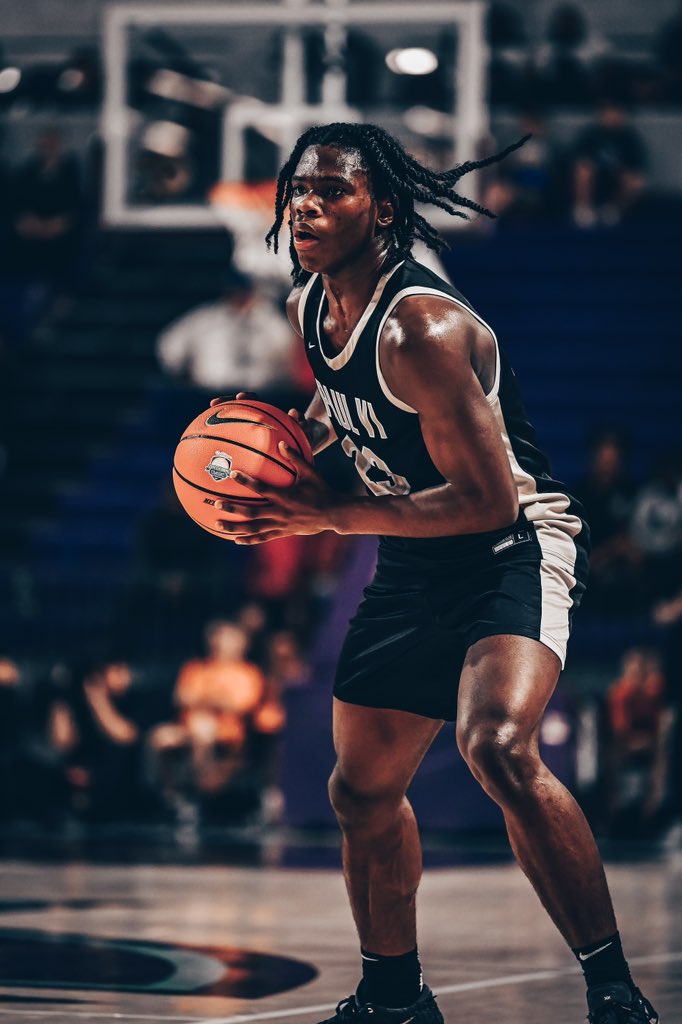From EYBL to Elite 100 to its new 8th Grade Academy, Nike is investing heavily in the future of basketball — but is its influence helping grow the game or shaping it too early?
There’s no mistaking Nike’s imprint on basketball. The Swoosh isn’t just stitched onto jerseys — it’s sewn into the culture, the commerce, and increasingly, the pipeline of how talent is discovered and developed. But in recent years, that influence has begun to stretch even further down the ladder. Way down.
What used to begin in high school or AAU now starts earlier — as early as eighth grade.
This summer, Nike added another layer to its grassroots ecosystem: the Nike 8th Grade Academy, a developmental initiative inviting 110–120 rising prospects handpicked by EYBL coaches and scouts. Only athletes already within the EYBL network were eligible — making this less a tryout and more an early onboarding. The message was clear: Nike doesn’t just want to sponsor top-tier talent — it wants to cultivate it early.
Pair that with the brand’s Elite 100 Camp and its flagship EYBL circuit, and Nike now operates a full-stack basketball pipeline — one that spans from middle school to the NBA Draft.
A scout in attendance described it as a “development infrastructure” — and confirmed it will be an annual initiative. According to sources familiar with Nike’s long-term strategy, there are plans to expand this model even further — potentially down to the elementary school level.
A Pipeline or a Pressure Cooker?
To be fair, there’s real upside here. Players get access to high-level trainers, elite instruction, and a competitive environment designed to accelerate growth.
But that exposure comes with risk — especially when it’s happening this early.
An NBA insider familiar with the camp noted that while the development benefits are real, the external pressure is what could becomes problematic. Parents and media — more than the brand or the ball — are often the ones creating the most stress. “At this level, those two groups should be kept at a distance,” he said.
He also questioned how much on-court performance actually matters at that age. “Middle school basketball is mostly noise,” he said. “What we’re evaluating is size, length, athleticism. Not skillsets. Not rankings.”
The Brand Behind the Bench
Nike’s expansion into youth development also raises a bigger question: Where does this leave player agency and family choice?
At the grassroots level, opportunities are no longer just earned — they’re curated, branded, and often pre-loaded into a system. Nike’s reach through EYBL, Elite 100, and now the 8th Grade Academy ensures that the most visible opportunities come through a Swoosh-branded lens.
That dynamic isn’t limited to the youth level.
Take Cooper Flagg, the No. 1 pick in this year’s NBA Draft. Though Flagg signed a multi-million dollar deal with New Balance, he played his entire freshman year at Duke, a Nike-sponsored program. Which means every nationally broadcast game, highlight, and viral moment featured him in Nikes — not New Balance, the brand paying him. Sponsorship deals may be signed off-court, but on-court exposure still flows through the brand ecosystems athletes are plugged into.
If that’s the reality at the college level, what does it signal for middle schoolers entering the game with brand affiliations already baked in?
What’s the Endgame?
No other brand currently operates at this scale — but that may not last long. Under Armour, Adidas, and even New Balance are already exploring earlier entry points.
Still, not every top prospect comes up through branded systems. Marchand noted that by the time a player reaches college, many late bloomers eclipse the early names. The rankings change. The development curve varies. A middle school star today may be a role player tomorrow — or vice versa.
Which is why, even as these programs grow, it’s crucial to keep the purpose clear: development, not hype. Exposure should be earned, not engineered.
And at the youth level, the best influence a brand can have isn’t control — it’s care.



